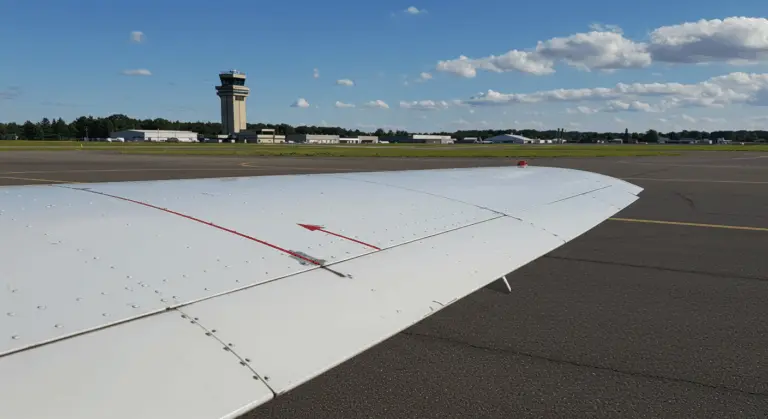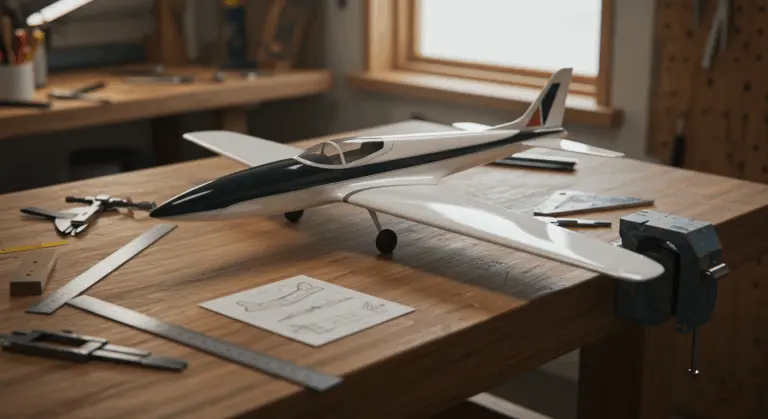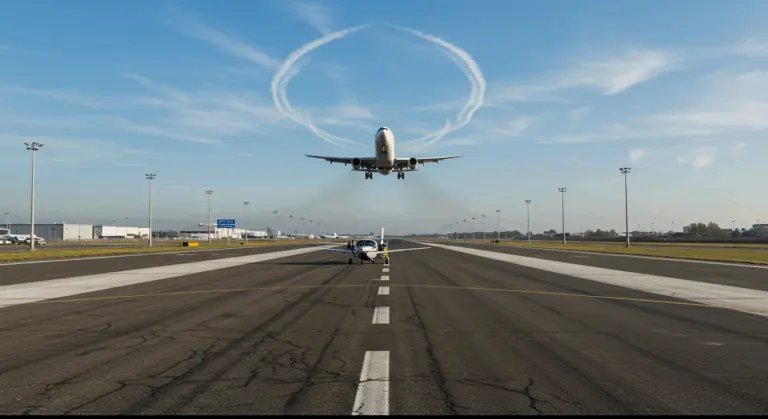Coffin Corner: Understanding Its Meaning and Context
Risks Associated with Coffin Corner
The primary danger lies in the convergence of an aircraft’s stall speed and its critical Mach number at high altitudes. This convergence creates an extremely narrow operational window—sometimes as small as 5-10 knots—leaving pilots with virtually no margin for error.
Should the aircraft decelerate, it faces the threat of a high-altitude stall, which is difficult to recover from in thin air. If the aircraft accelerates too much, it can experience Mach buffet, airflow separation, or Mach tuck—an uncontrollable downward pitch.
Turbulence and other environmental factors can instantly thrust an aircraft beyond these critical thresholds. To address these hazards, modern jets rely on sophisticated autopilots and flight envelope protection systems, and pilots receive extensive training to recognize and avoid these conditions.
Pilot Guidelines for Safe Operation
Pilots must conduct a thorough self-assessment of their proficiency and experience with high-altitude operations. This becomes especially critical when flying sophisticated jets that cruise dangerously close to their aerodynamic limits.
Careful analysis of weather forecasts for turbulence, wind shear, and temperature inversions proves essential, as such conditions can instantly shrink the narrow operational window at cruise altitude.
Aircraft condition and weight also play crucial roles in determining safe operational parameters. Pilots should thoroughly review the aircraft flight manual (AFM) for specific high-altitude performance limitations and ensure they maintain appropriate safety margins beyond the minimum requirements.
Maintaining clear communication with air traffic control becomes essential at high altitudes, report any performance issues promptly, and be prepared to descend if conditions compromise safety margins. Though sophisticated flight management systems offer valuable assistance, pilot judgment remains the ultimate safeguard.
Coffin Corner in Sports Context
In sports, particularly basketball, the term ‘coffin corner’ takes on a completely different meaning from its aviation counterpart. Here, it refers to a strategic area on the basketball court where an offensive player can become effectively trapped with limited escape options.
What makes the coffin corner especially dangerous for offensive players is the reduced space and limited angles for passing or dribbling. When an offensive player with possession of the ball is forced into this area, they become vulnerable to defensive pressure. The moniker captures the essence perfectly—trapped with precious few escape routes. Skilled defensive teams often deliberately force ball handlers toward these corners as part of their defensive strategy.
This tactical maneuver—commonly called a ‘double team’ or ‘trap’—generates crushing pressure on the offensive player, forcing them into an unenviable dilemma:
-
Attempting a difficult pass that may be intercepted.
-
Trying to dribble through tight defense.
-
Calling a timeout to avoid a turnover.
Smart coaches craft specific plays to help their players sidestep these coffin corners, while defensive strategies deliberately aim to force opponents into these compromising positions. Understanding coffin corner dynamics is crucial for players at all levels of basketball, as proper court awareness can help prevent turnovers and maintain offensive flow.
Trapping Strategies in Basketball
Defensive trapping in basketball’s coffin corner represents a sophisticated tactical maneuver requiring precise execution and coordinated teamwork. When implementing this strategy, defenders coordinate to force the ball handler into the corner area where the sideline and baseline meet.
Timing is absolutely critical for coffin corner trap effectiveness. Defenders must synchronize their movements to converge on the ball handler simultaneously, creating maximum pressure without allowing an easy escape route. Elite defensive teams use precise triggers to initiate these traps, such as when an offensive player picks up their dribble, turns their back to the court, or receives a pass while already positioned near the corner.
Multiple defensive schemes weave coffin corner trapping as a core element. Full-court press defenses frequently target the backcourt corners to force turnovers before the offense can establish their half-court sets. Specialized zone press formations—the 1-2-1-1 and 2-2-1—deliberately channel ball handlers toward these vulnerable corner positions. In half-court situations, teams might employ trapping out of zone defenses or use selective double-teams when specific offensive players enter the corner areas.
Countering these aggressive trapping tactics, offensive teams develop specific escape plans, which include:
-
Using designated ‘safety outlet’ passers.
-
Executing relief passes with split-second timing.
-
Practicing dribble moves to split or evade the trap.
The most potent countermeasures feature quick ball movement away from pressure to utilize the temporary defensive imbalance created when two defenders commit to one offensive player.
Conclusion: The Importance of Understanding Coffin Corner
Understanding coffin corner dynamics is absolutely vital for aviation safety. This aerodynamic phenomenon, where an aircraft’s stall speed converges with its critical Mach number, creates a narrow operational window at high altitudes where even minor speed miscalculations can trigger catastrophic consequences.
Interestingly, the term finds parallel application in sports, particularly basketball, where it describes trapping a player using similar principles of restricted movement and limited escape options. This connection shows how spatial constraints and pressure points create vulnerability—whether for an aircraft at 40,000 feet or a basketball player trapped against boundary lines.
Whether soaring at 40,000 feet or battling on hardwood, understanding coffin corner dynamics empowers better decision-making, enhances safety, and provides crucial knowledge for operating effectively within defined limitations.







